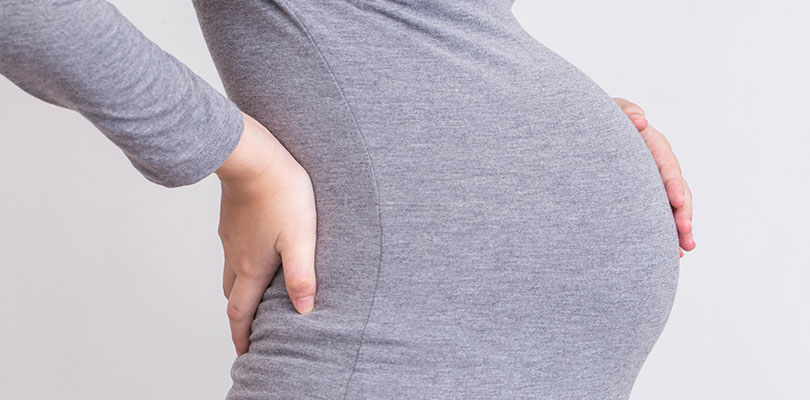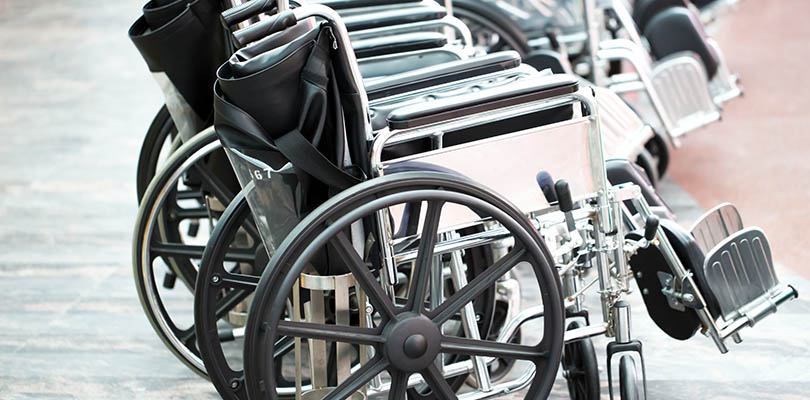What Is Ulcerative Colitis?
Ulcerative colitis is an often debilitatingly painful disease. It can even lead to death in severe cases. This disease is an inflammatory bowel disease that affects the digestive tract with ulcers and painful inflammation.
Unfortunately, there is no known cure for the sickness, but there are some treatment options that can reduce your discomfort and the effects of ulcerative colitis. Some of the treatments have led to remission in certain patients.
What Causes Ulcerative Colitis?
Doctors used to believe that ulcerative colitis was caused by stress or specific diets. While they now know that this isn’t true, the actual cause is not known.
Some current theories relate the disease to an issue with the immune system. It could be the body’s natural reaction to fighting a normal infection that then turns against the digestive system.
Additionally, researchers have found that there is a likely genetic link. If members of your close family (parents or siblings) have the disease, you may be at a higher risk for also contracting ulcerative colitis. It’s important to let your health provider know if this is a known issue for your family.
Some additional factors play into individuals being at a higher risk level. These are:
- Age – It typically manifests before the age of 30. It has been given an initial diagnosis in patients up to 60 years old.
- Race or ethnic factors – It is most often seen in the Caucasian population. Individuals of Ashkenazi Jewish descent are an even higher risk group.
Types of Ulcerative Colitis
Ulcerative colitis is not just a single sickness. The sickness is classified differently depending on the location where it occurs.
- Ulcerative proctitis – This occurs most closely to the anus. Sometimes the only sign of its presence is rectal bleeding. Because the disease occurs at the end of the digestive tract it typically is considered the mildest form of ulcerative colitis.
- Proctosigmoiditis – Inflammation is located at the rectum and the sigmoid colon. This may cause bloody diarrhea, cramping, and tenesmus (inability to have a bowel movement although a feeling of urgency is present).
- Pancolitis – This type affects the entire colon and results in significant weight loss. It can also manifest in severe bloody diarrhea, abdominal cramping, pain, and fatigue.
- Left-sided colitis – Inflammation occurs from the descending colon down to the rectum. This results in bloody diarrhea, abdominal cramping, some weight loss, and pain in the left side.
- Acute severe ulcerative colitis – This is the rarest form of ulcerative colitis. It affects the entire colon. Symptoms include significant diarrhea, fever, severe pain, bleeding and the inability to eat.
Ulcerative Colitis Symptoms
If you are concerned that you may have ulcerative colitis, it’s always best to see your doctor and express your concerns. However, knowing some of the signs and symptoms can prepare you to ask appropriate questions and understand your treatment options.
- Diarrhea (that may contain pus or blood)
- Fever
- Weight loss
- Fatigue
- Rectal pain
- Rectal bleeding (a small amount may pass with your stool)
- Urgent defecation needs
- Inability to defecate
- Children may fail to appropriately grow
Not everyone who takes an antidepressant will experience uncomfortable side effects. Learn about the most common antidepressant side effects here.
Patients typically experience these symptoms on a mild or moderate level. Some patients also experience varying degrees of duration followed by periods of remission.
Diagnosing Ulcerative Colitis
Ulcerative colitis may not be the first illness that your doctor considers. They may complete some simple tests to rule out other possibilities. You may be asked to take part in some of the following tests to receive a proper diagnosis:
- Blood tests. Blood tests may be used to look for anemia or check for simple infections.
- Stool sample. Your doctor may ask for a stool sample. Stool samples can be helpful to identify infections caused by bacteria, parasites or viruses. Additionally, the white blood cells present in your stool may help to identify ulcerative colitis.
- Colonoscopy. If tests to this point are inconclusive, your doctor may schedule you for a colonoscopy. This procedure utilizes a small camera attached to a thin, lighted tube. The camera can travel the length of your colon and allow them to take a biopsy of anything that they encounter during the procedure.
- Sigmoidoscopy. A flexible sigmoidoscopy is related to the colonoscopy and may be used if the colon is severely inflamed. This test only examines the lower portion of the digestive tract.
- Non-invasive imagery. There are several options for non-invasive imagery that your physician may order to confirm a diagnosis. These include X-rays, CT scans,
Ulcerative Colitis Treatment Options
Patients have found success through medications or surgical procedures to alleviate the symptoms associated with ulcerative colitis. Medications will typically involve some type of pain medication to reduce your discomfort. Additional medications may be prescribed that are designed to reduce the inflammation associated with ulcerative colitis. Other medications may be prescribed or recommended for over-the-counter purchase to alleviate other symptoms associated with your sickness.
In more serious cases or when ulcerative colitis does not respond to medications, surgery may be the best option. These options typically require the removal of the entire colon and the subsequent placement of a colostomy bag.
Overview
If you believe that you have ulcerative colitis, it is best to schedule an appointment immediately with your doctor. They can help you get the proper diagnosis and find the best options for your treatment.
While ulcerative colitis can often be managed under the care of a doctor, it can be fatal if left untreated.







